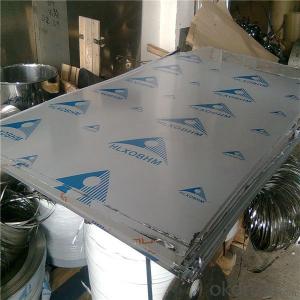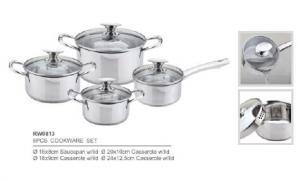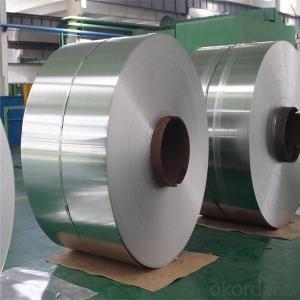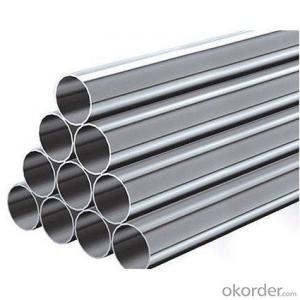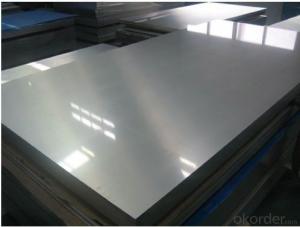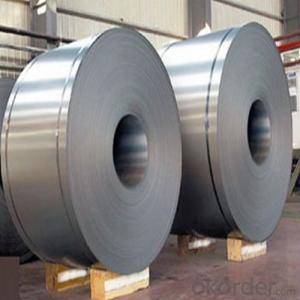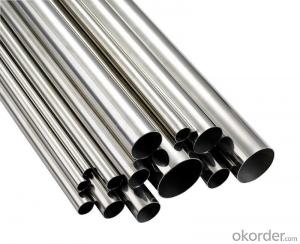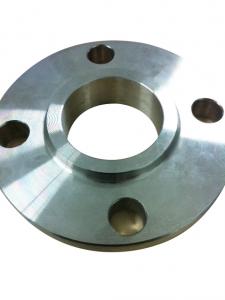Sus 304 Stainless Steel
Sus 304 Stainless Steel Related Searches
Best Paint For Stainless Steel Blanket Insulation For Steel Buildings Primer For Galvanized Steel Foam Filter For Stainless Steel H S Code For Stainless Steel Surface Grinding Wheels For Stainless Steel Surface Grinding Wheels For Hardened Steel Hole Saw For Stainless Steel Paint For Stainless Steel Stainless Steel For BbqHot Searches
Steel Mesh Panels For Sale Price For Stainless Steel Scrap Scrap Price For Stainless Steel Price For Stainless Steel Stainless Steel Tank For Sale Stainless Steel Sheets For Sale Cheap High Tea Sets For Sale Stainless Steel Tanks For Sale Stainless Steel For Sale High Density Fiberboard For Sale Solar Hot Water Collectors For Sale Scaffolding For Sale In Uae Scaffolding For Sale In Ireland Scaffolding For Sale In Houston Type Of Inverter For Solar Price Of Shipping Containers For Sale Types Of Inverter For Solar Stock Price For Aluminum Used Solar Inverter For Sale Steel Mesh Panels For SaleSus 304 Stainless Steel Supplier & Manufacturer from China
Okorder.com is a professional Sus 304 Stainless Steel supplier & manufacturer, offers integrated one-stop services including real-time quoting and online cargo tracking. We are funded by CNBM Group, a Fortune 500 enterprise and the largest Sus 304 Stainless Steel firm in China.Hot Products
FAQ
- The only difference between seamless and seamless stainless steel pipes is that seamless pipes are made without any seams or welds, while seamless stainless steel pipes are specifically made from stainless steel.
- To calculate the flow rate of fluid through stainless steel pipes, you can use the equation known as the Bernoulli's equation, which takes into account factors such as the pipe's diameter, length, pressure difference, and fluid properties. Additionally, you may need to consider factors like viscosity and Reynolds number for more accurate calculations.
- Yes, stainless steel pipes can be insulated with polystyrene sulfonate. Polystyrene sulfonate is a commonly used material for insulating pipes due to its thermal insulation properties and resistance to moisture and chemicals. It can be easily applied to stainless steel pipes to provide effective insulation and prevent heat loss or gain.
- Yes, stainless steel pipes are suitable for semiconductor industries. Stainless steel offers excellent corrosion resistance, high temperature resistance, and cleanliness, which are essential requirements for the semiconductor industry. It is also non-reactive, ensuring the purity of the semiconductor materials. Additionally, stainless steel pipes can withstand the high-pressure conditions often found in semiconductor manufacturing processes.
- The carbon content is the main distinguishing factor between 347 and 347H stainless steel pipes. In the case of 347 pipes, the maximum carbon content is 0.08%, while 347H pipes have a higher carbon content range of 0.04-0.10%. This increased carbon content in 347H pipes contributes to enhanced strength at high temperatures and greater resistance to sensitization, which is the formation of chromium carbides at grain boundaries that can lead to intergranular corrosion. Because of its higher carbon content, it is generally recommended to use 347H stainless steel pipes for applications involving elevated temperatures and thermal cycling. These pipes exhibit improved resistance to creep and can withstand higher levels of stress compared to 347 stainless steel pipes. Industries such as chemical processing, petrochemical, and power generation commonly employ 347H pipes due to their exposure to high temperatures and corrosive environments. To summarize, the disparity between 347 and 347H stainless steel pipes rests in their carbon content. 347H pipes offer superior strength at high temperatures and resistance to sensitization. The choice between the two depends on the specific requirements and conditions of the application.
- Due to their numerous advantageous properties, stainless steel pipes find extensive use in the construction industry. The construction industry commonly employs stainless steel pipes for various purposes, including: 1. Plumbing systems: The corrosion resistance, durability, and ability to withstand high pressure and temperature make stainless steel pipes highly sought-after in plumbing systems. These pipes are ideal for conveying water, gas, and other fluids in residential, commercial, and industrial buildings. 2. Structural support: Stainless steel pipes are widely utilized for providing support and stability in structural applications. They are frequently used in constructing load-bearing structures such as columns, beams, and other elements due to their exceptional strength and resistance to deformation. 3. Handrails and guardrails: The aesthetic appeal, low maintenance requirements, and durability of stainless steel pipes make them a popular choice for constructing handrails and guardrails. These pipes not only provide safety and security but also enhance the overall appearance of the building. 4. Ventilation and exhaust systems: In the construction of ventilation and exhaust systems, stainless steel pipes are often preferred. Their corrosion resistance and ability to withstand high temperatures make them suitable for transporting air and gases in commercial kitchens, factories, and other industrial facilities. 5. Balustrades and staircases: Stainless steel pipes are commonly employed in the construction of balustrades and staircases due to their strength, durability, and contemporary appearance. These pipes offer both functionality and aesthetic appeal, enhancing the overall design of the building. 6. Conduits for electrical wiring: Stainless steel pipes are utilized as conduits for electrical wiring in buildings. Their non-combustible nature and resistance to corrosion ensure a safe environment for routing electrical cables and wires. 7. Fire sprinkler systems: Fire sprinkler systems often incorporate stainless steel pipes due to their ability to withstand high temperatures and resist corrosion. These pipes ensure the effective and reliable distribution of water for fire suppression during emergencies. 8. Solar panel installations: Stainless steel pipes play a crucial role in the construction of solar panel installations. They are used to transport water or heat transfer fluids for solar thermal systems, contributing to the sustainability of the building. In conclusion, stainless steel pipes exhibit versatility and offer significant benefits in the construction industry. Their corrosion resistance, durability, strength, and aesthetic appeal make them an ideal choice for various applications, ensuring the longevity and functionality of buildings.
- Can stainless steel pipes spray black paint?
- It needs to use the angle grinder or iron brush to paint out into hair and then paint surface before painting. Otherwise, spray paint can not be adhered to the surface of the stainless steel pipe.

















